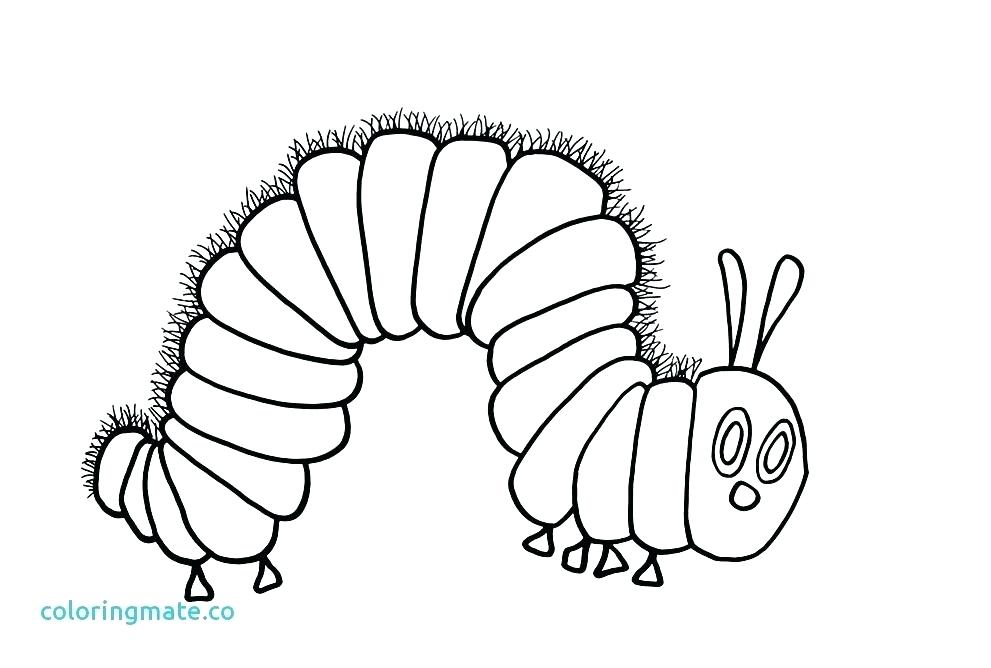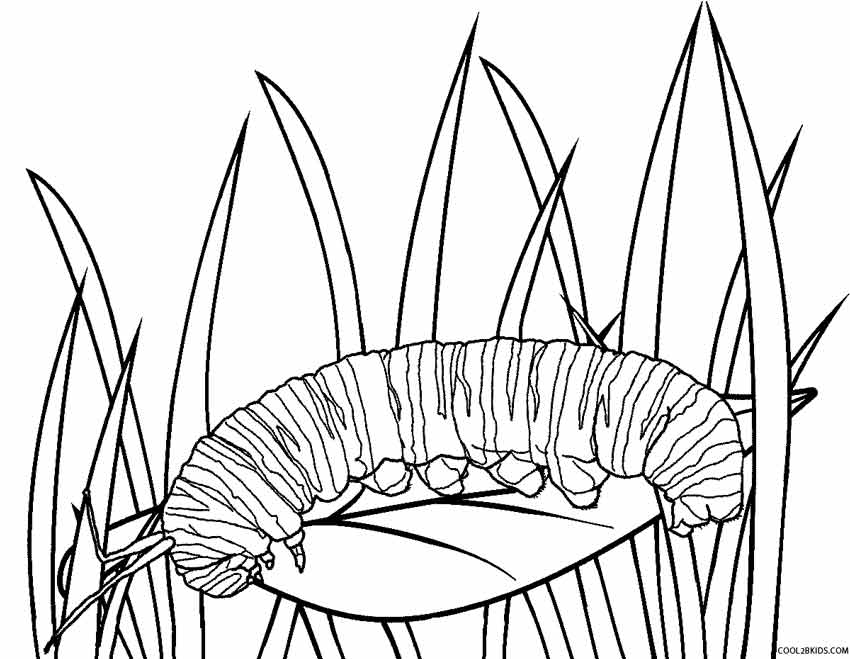

1981. The Audubon Society Field Guide to North American Butterflies. 1992. A Field Guide to Eastern Butterflies. Johns Hopkins University Press, Baltimore. 1984. Butterflies East of the Great Plains. 1992. Butterflies and Moths (Eyewitness Handbooks). The Lepidoptera Collection of the Smithsonian's National Museum of Natural History has over 4 million specimens-including butterflies, moths, and skippers. Known as metalmarks, are sometimes placed in the Family Lycaenidae. Known as "Yellows and Whites, they have those colors predominantly. Known as "Swallowtail, butterflies, most species have prominent "tails." Some 600 species in the world. Known as "Brush-footed" butterflies, contains many subfamilies. Colors and patterns of sexes often differ. Known as "Skippers," containing relatively small, fast-flying species. Courtship rituals vary widely among species.Ĭlassification. Butterflies are currently, with some arguments, placed into the following six families: Mating Behavior. Females are usually able to engage in mating on the day of emergence, but males do not normally mate for several days. They are able to fly with precision in areas of many obstacles. Vision. The vision of butterflies appears to be excellent, especially within short distances. Morpho butterflies are the usual example of butterflies with structural color. Structural colors are instead produced in a physical manner, similar to a rainbow. Pigment colors are familiar in paints, dyes, and inks, and are defined as specific substances with definite chemical composition. Wing colors in butterflies appear in two types, pigment and structural, frequently combined in one individual.

Some of these are the Buckeye, the Painted Lady, the Purple Wing, the Great Southern White, the Cloudless Sulphur, and the Little Sulphur. But in the United States, several other butterfly species engage in lesser migration distances. Migration. Butterfly migration is best exemplified by the Monarch, which is widely known to migrate in the fall to overwintering sites in California and Mexico. Adults usually feed on nectar from flowers of plants, although many butterflies feed instead on rotting fruit, dung, etc., especially in the tropics. Usually the choice is made by the adult female when depositing eggs. Most butterfly caterpillars eat one, or sometimes several, related species of plants. However, butterflies are very important to many plants that are dependent upon flower-visiting insects for cross-pollination. Immatures, with few exceptions, eat plants, and therefore may be considered harmful to the plants. Plant associations. Butterflies are commonly associated with plants, and the relationship is sometimes complex. They eat voraciously to transform plant material into tissues that they will need for metamorphosis.
CATERPILLAR AND BUTTERFLY COLORING PAGES SKIN
When they are developing, their skin may be shed four or more times, with each molt often changing the coloration and appearance of the caterpillar. They are usually very distinctive, and in some cases may be identified more easily than the adults. Immatures. Caterpillars are the names given to the larvae of both butterflies and moths. They differ from other insects also by their ability to coil up their proboscis. There are about 17,500 species of butterflies in the world, and around 750 species in the United States.ĭistinctive characteristics. Butterflies (and moths) are the only group of insects that have scales covering their wings, although some butterflies have reduced scales. Numbers of species. Due to their bright colors and visits to flowers, butterflies are the most familiar of insects to humans.


 0 kommentar(er)
0 kommentar(er)
